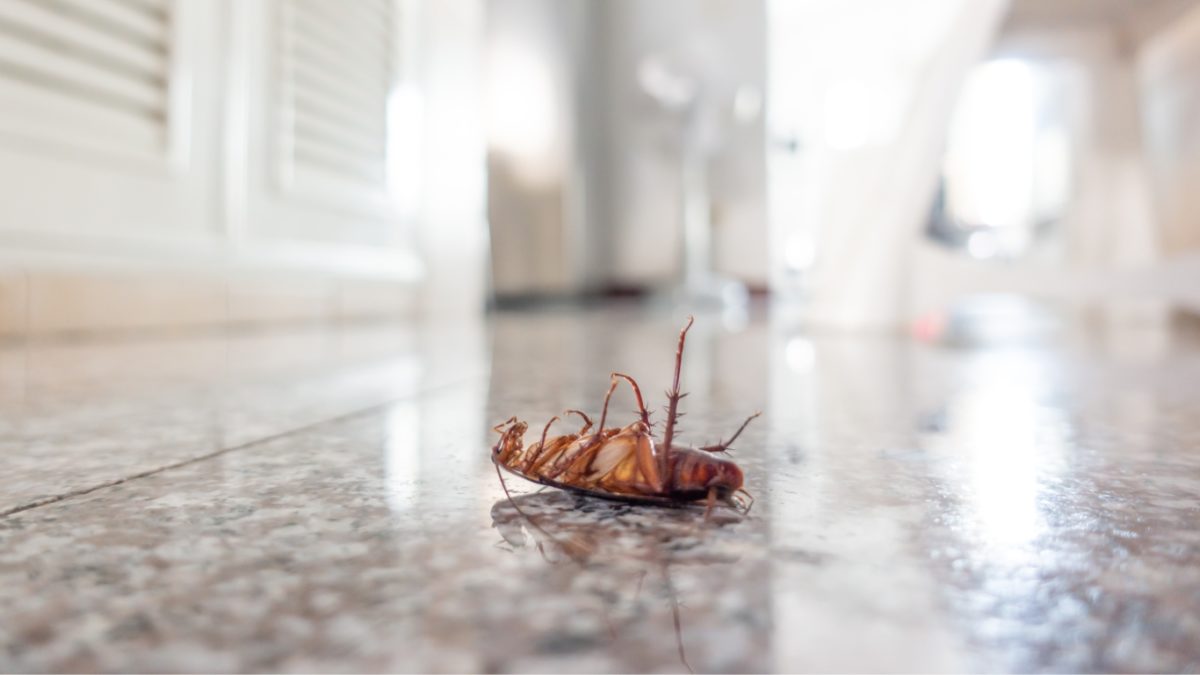Pests will start to look for a new home as their food sources are less accessible and as they cannot adapt to the cooler weather. These pests want food, water, and shelter so If they can find these in your house, they’ll move in. It is recommended to start pest proofing your house by double-checking any possible access points to avoid pests from getting in.
Check for Any Access Points
The best cure for pest problems are prevention methods. In order to get rid of bugs and other pests inside your home, you need to start outside. Homeowners should start by checking all doors and windows to make sure they are tightly sealed. The door sweeps or weather stripping might have to be replaced as well as repairs to any loose mortar around the foundations of doors and windows. This will not only help keep out any pests but also help protect against cold air coming into the house. Be sure to check the garage doors too!
Any hole or crack is a possible entry point for pests, regardless if it is in the wall, roof, foundation, or a screen door. Apply caulk or spray foam to seal any holes and visible gaps as even the tiniest access points provides a way in. Also, be wary of any openings that let in cables, wires and pipes through the walls of a home.
Inspect the Exterior
Homeowners should also periodically check the roof for access points. Be sure to repair any shingles or broken vent covers as these areas often become cracked or damaged over time due to strong winds and storms. Broken shingles can lead to standing water which can turn into ice dams. Ice dams can cause lots of problems because they prevent the snow from melting as well as create moisture backup. This excessive moisture can cause damage to walls, ceilings, and insulation which then attracts pests.
Inspecting trouble spots for any leaks or areas of moisture caused by rain or melting snow is another way to prevent pest problems. Pests such as termites and carpenter ants are attracted to moisture and build nests to grow their colonies inside homes. Using a dehumidifier in basements, garages, and attics helps to keep those areas dry and clear of water damage after heavy rain to avoid pests making the damage worse. Having a proper outdoor drainage system can also effectively help keep pests at bay. Drawing water and moisture away from your home is important so remember to clean out leaves and debris from gutters to prevent any leaks that might attract pests.
Also, since cracked shingles and siding provide access points into the house, it is best to keep pests and wildlife away from the roofline. Squirrels and other small wildlife pests use tree branches to gain access to a house so make sure to keep tree branches trimmed back. It is recommended to keep tree branches trimmed back to at least 6 to 8 feet away from the house. Installing a mesh cover or cap over chimneys also helps to prevent entry.
Get In Touch With a Professional
Our pest control professionals at Bug-A-Way make sure that we get rid of the pests causing problems. Each member of our team is trained and experienced in locating pest access points as well as on what steps to take in order to seal them. If you want the best possible results and want to know what we can do for you, contact our team today. We’re always happy to talk about any concerns you may have.
